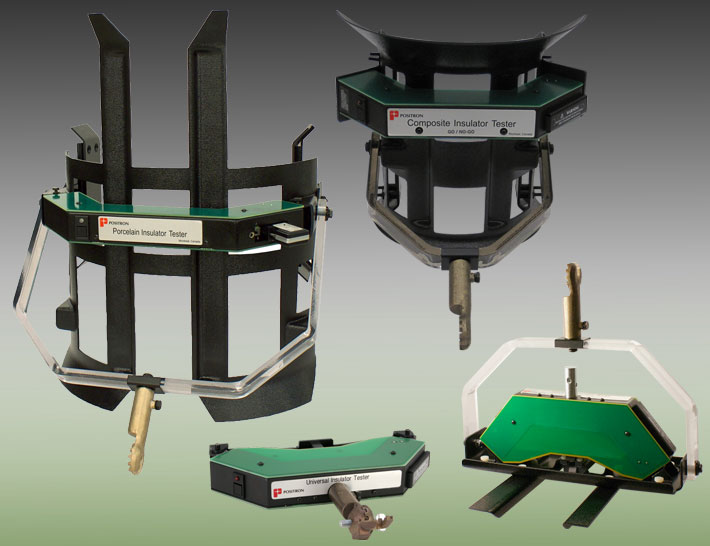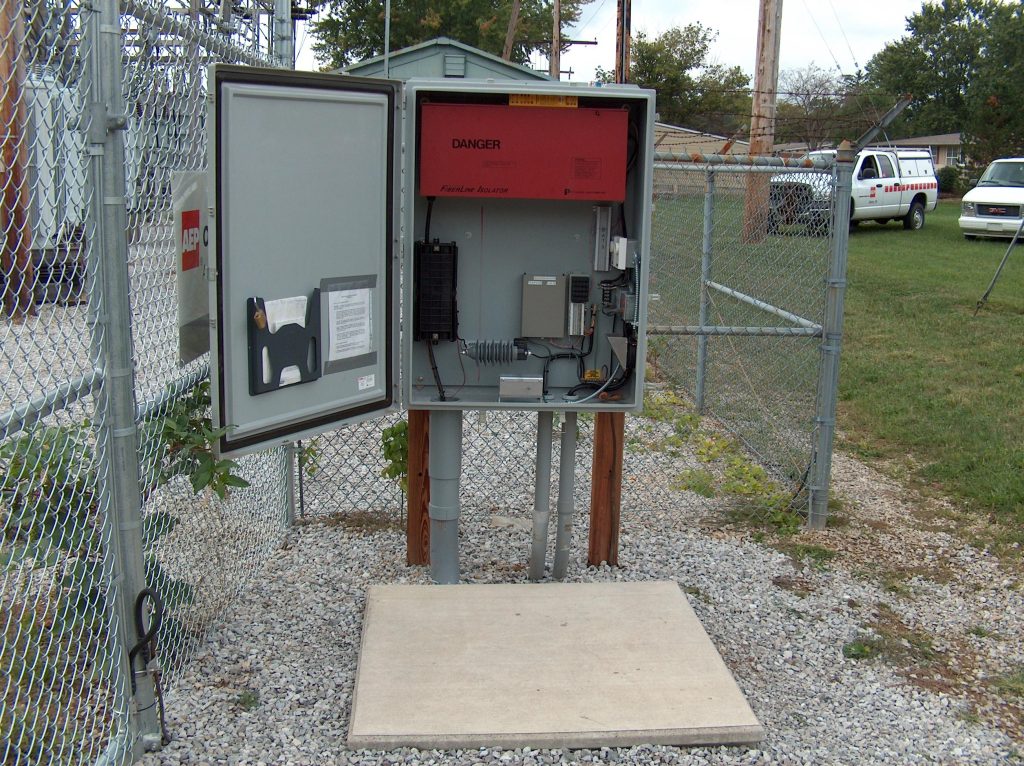Technical Support
Key Benefits
- Flexible service programs and contracts
- Personalized support and solutions
RMA Department
Toll free: 1-888-577-5254 (US & Canada)
Tel: +1-514-345-2220 ext 1
Positron is committed to providing excellent ongoing technical support to its customers
A team of specialists is available at our Technical Support Center for either telephone assistance or on-site visits. Our Support staff is available to assist Field Technical personnel in the maintenance and troubleshooting of Positron equipment and to provide technical assistance to supervise the planning, configuration and implementation of the installation as requested.
Our team of sales professionals and training staff partner with you in order to develop solutions that meet your critical infrastructure needs with responsiveness and expertise. This partnership begins with a complete assessment of your current needs and problem areas and continues with extensive product demonstrations and training.
Repair Policy and Procedures
Repair and Replace
Positron offers repair and replace services through its Return Material Authorization (RMA) team. All items being sent in for repair or replacement require an RMA number, which can be obtained by contacting Positron. Parts returned without an RMA number cannot be accepted. The RMA number must clearly be marked on all boxes, crates and shipping documents. Bulk repairs (more than five items) will require additional processing time, therefore please take this into consideration when requesting an RMA number. To accelerate the repair process, include a report detailing the reason for return with the unit(s). Please include the name and phone number of a contact person should additional information be required.
Warranty Information
Positron offers warranty repairs at no cost and reserves the right to repair or replace any defective equipment. All repaired items are warranted for a period of 90 days from date of shipment from our facility. This policy is only valid if the product has not been misused, improperly operated, or modified after leaving the Positron facility. Any damage to equipment due to improper packaging that occurs in shipping to Positron will void the warranty.
Turn Around Time
The in-house turn around target is twenty working days. Some units may exceed this turn around time due to the lack of availability of parts needed. If this situation arises you will be notified by a Positron representative.
Frequently Asked Question by Application
If the contact is normally open, a 7501-15 or 7501-16
Frame relay is a communication service from an end user to the network. The isolation card used depends on the physical layer circuit provided by the network. This could be an HDSL circuit (751339R2), a T1 circuit (751329), a fractional T1 circuit (751329) or 56k DDS circuit (7501-24)
A 7501-40 should be used, with the four wires DX signaling setup. To do so, the following is required:
- Two 2-wire AC cards (data, T1, HDSL)
- One 7501-16 OPX card to feed the DC
- One 7501-40 holding coil to reinsert the DC
For more information on how to install this setup, refer to the installation guide on the holding coil 7501-40.
One should use a 7501-16 card that has been modified for this type of circuit using Modification Bulletin #7501-15-40 (7501-16A), #7501-15-41 (7501-16B) or #7501-15-42 (7501-16C)
A 7501-16 card.
A 751317, a 7501-16 or a 751321.
If it uses a POTS line, a 7501-16, 751317 or 751321 should be used.
If it uses a dry line, a 7501-72 card should be used.
A 7501-16 must be used. The CO might be looking for a negative voltage referenced to the ground. If this is the case, a proper Modification Bulletin must be implemented: #7501-15-40 (7501-16A), #7501-15-41 (7501-16B) or #7501-15-42 (7501-16C).
If it uses a FX line, a 751317, a 7501-16 or a 751321 should be used. If it is a 4-wire E&M line, the following will be required:
- One 7501-24 card to isolate the TX and RX line
- One 7501-16 card connected between GND and E lead
- One 7501-16 card connected between GND and M lead
A Positron technician should be contacted for further information.
It depends if the phone uses battery reversal or not, and if it uses tones or ground signaling.
If it is an older phone using ground signaling, the only way to isolate it is by using a setup made of two 7501-16 cards called “the coin telephone setup”. For further information on this setup, a Positron technician should be contacted.
If it is a phone using tones and no battery reversal, the 751317, 751321 or 7501-16 cards may be used. The 751321 cards are the least expensive.
There is no Teleline for an RS-485. The only way to isolate such a link is to first transform it into a POTS line using a modem at both ends, and then using a 751317, 751321 or 7501-16 to isolate the line between the modems.
A 7501-72 card should be used.
A 7501-15 card should be used. There are three different Models that are powered from different voltages: 7501-15A, 7501-15B and 7501-15C.
- 7501-15A is powered from a floating 130 Vdc source, usually station batteries.
- 7501-15B is powered from a grounded -24 Vdc source.
- 7501-15C is powered from a floating -48 Vdc source, usually station batteries.
All cards can accept line voltages up to 150 Vdc and line currents up to 100 mA with a maximum of 5W (current times voltage).
The new versions of the shelves can accommodate a 4-wire circuit. For an older shelf, two 2-wire cards can be used to isolate a 4-wire circuit.
For more information, refer to the question on card compatibility for older shelves of the FAQ Installation section.
The 7501-01 can be replaced with a 751317 or a 751321. They will both work perfectly on a POTS line.
The 7501-72 can be used to replace any of these cards.
The 751317 card can be used to isolate a ground start line.
A 7501-16 card should be used.
A 7501-24 should be used. If it is an older shelf, two 7501-72 cards can be used.
A 751317 should be used.
The input power for the 751316 power supply has to be connected through TB3 on the station motherboard. The 8-card shelf manual should be consulted for more information.
On the central office side only, connect the alphanumerical pair TA-RA or TB-RB, and on the station side, connect both the alphanumerical pair for the ADSL portion of the card and the numerical pair for the POTS portion, both on a separate RJ11 Jacks. Refer to the installation section of the 751321B product manual for further documentation.
The W3 setting jumper must be placed on pin 2-3 when using a fax or modem and on jumper 1-2 when using a telephone. This jumper is located on the station side next to the edge gold connector.
The 751339R3 4-wire HDSL or the 751340R3 2-wire HDSL can be used to power up the NIU, as long as the station side is locally powered from the shelf.
Positron used to make a 7501-35 card that would power circuit cards within the older and the newer version of the 3, 5 and 8-card shelves. In order not to waste a circuit slot, in the 5 and 8-card shelves, the 751313, 751316 and 751324 power supplies should be used in the dedicated slots of the shelves, which do not waste a full size circuit slot. Because the 3-card shelf does not have the dedicated power supply slot, an external power supply to the shelf should be used.
With the older shelves, the physical makeup of the station motherboard of the shelf does not allow a 48 Vdc to originate on the shelf and be routed outside the shelf. In addition, there is no connection on the back plane of the shelf to allow an output of 48 Vdc from a supply to be connected to the motherboard. With the new version of the 5 and 8-card shelves, it is possible to supply a 48 Vdc power to power the station side loop back equipment. For the 5-card shelf, refer to figure 4 of the 751112/1 installation guide. For the 8-card shelf, refer to figure 4 of the 751109/13 installation guide.
No. Bridging is a severe safety issue. It would require special protection equipment at both locations, and would create confusion during installation. In addition to that, I.E.E.E. standard 487 strictly disallows bridging of any circuit using any means.
No, the wiring of the CO cable to the shelf cable via the isolation jacks should be done once. Then, all future changes should be done at a cross connect box or at the 300 V point splice. This is a safety item and a maintenance item. This is part of the design of the isolation. If constant rewiring on the jacks is being done, the cable pairs will become brittle and break. In addition, it is far safer to wire the jacks than make the 300 V point connection. That way one can work the isolation jack connection barehanded, assuming the dedicated cable is open and the pairs are cleared at the 300 V point splice.



